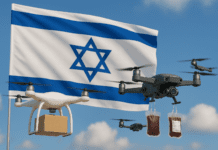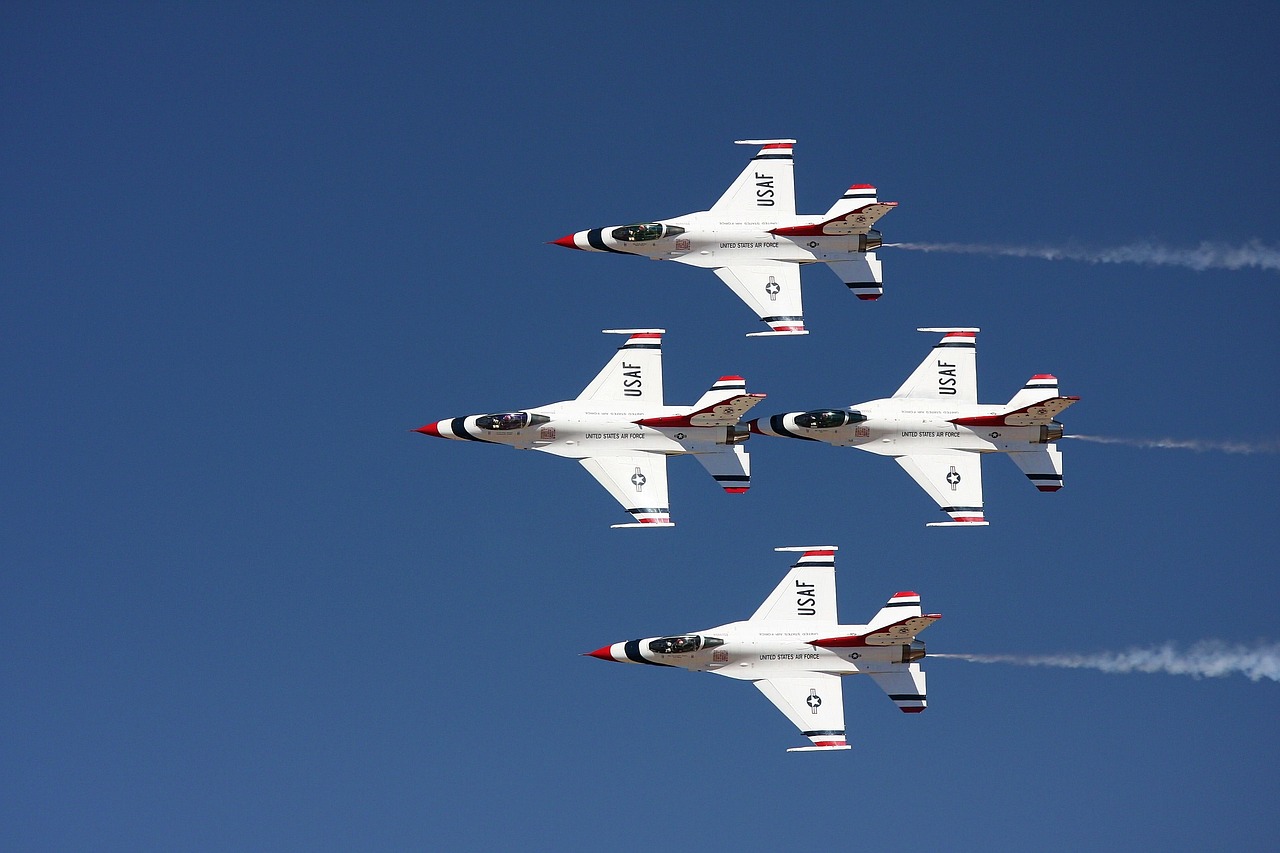This post is also available in:
 עברית (Hebrew)
עברית (Hebrew)
A new integration of artificial intelligence into the EAGLS defense platform is set to significantly upgrade its capability to detect and neutralize airborne threats, including fast-moving drones and missiles, without the use of radar or GPS.
Romania-based OVES Enterprise has partnered with MSI Defense Solutions to embed its Nemesis AI system into the EAGLS platform, creating a fully automated threat detection and response solution. The system is built around visual-based sensing, using advanced thermal and neuromorphic cameras. These are connected through a sensor fusion framework designed to process complex visual data in real time.
Unlike conventional defense platforms that rely on radar signatures or satellite-based positioning, the updated EAGLS system identifies threats purely through AI-enhanced visual analysis. Once a threat is visually detected, Nemesis AI classifies the object and recommends an interception method based on the weapons available. This decision-making process is powered by AI hardware optimized for high-speed data handling and real-time tactical evaluation, according to The Defense Post.
Another key feature of the upgraded platform is its AI-controlled targeting system. Instead of relying on mechanical systems, the system uses AI commands to control weapon station positioning, reducing reaction time and improving accuracy against evasive or small targets like drones.
EAGLS, already designed to operate either as a standalone unit or within a broader defense network, combines several established capabilities such as 360-degree surveillance radars, remotely operated weapon stations, and laser-guided rocket launchers. The integration of Nemesis AI effectively transforms it into an autonomous countermeasure platform capable of operating quickly.
The implications for battlefield and border defense are substantial. With drone warfare rapidly evolving and traditional detection systems often failing to track or engage new aerial threats effectively, the ability to operate radar- and GPS-independent systems opens new possibilities for securing vulnerable infrastructure or conflict zones.
This collaboration demonstrates how AI-powered autonomy is increasingly becoming central to modern defense platforms, offering faster decision-making, reduced system latency, and improved interception rates in high-threat environments.


























